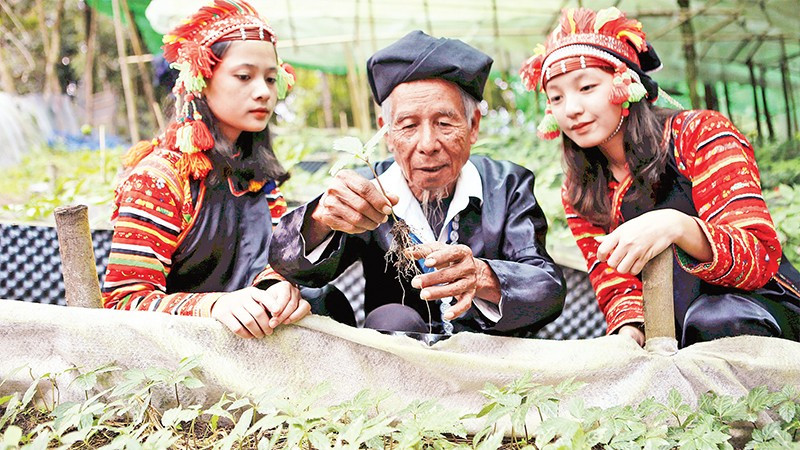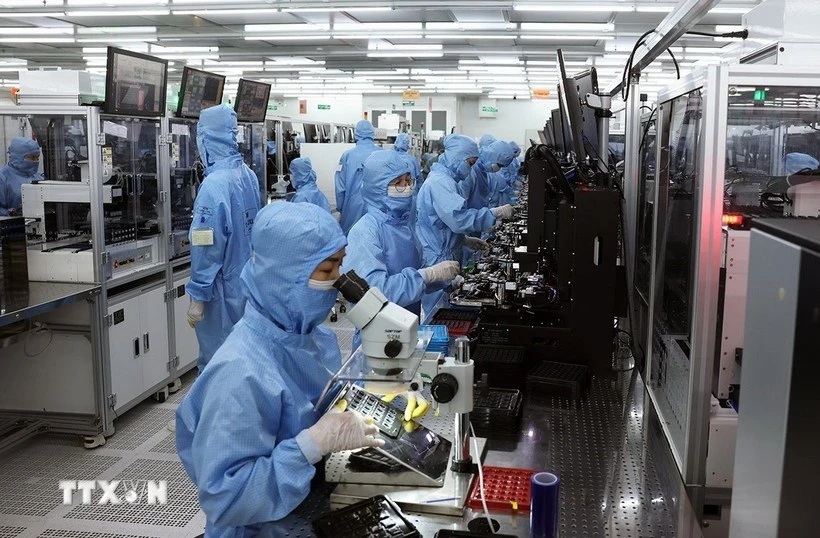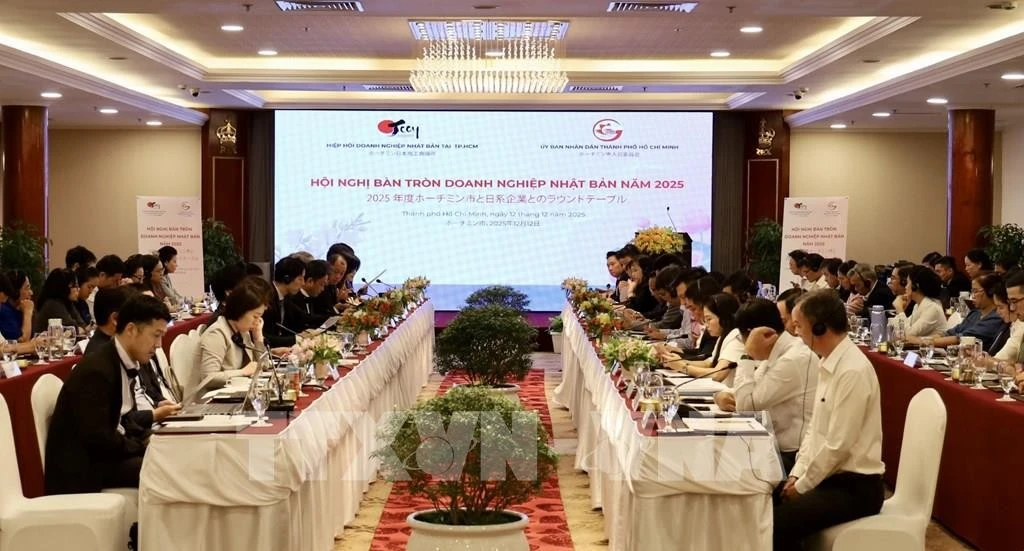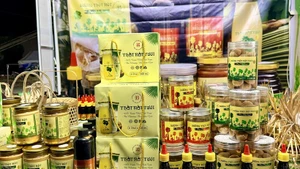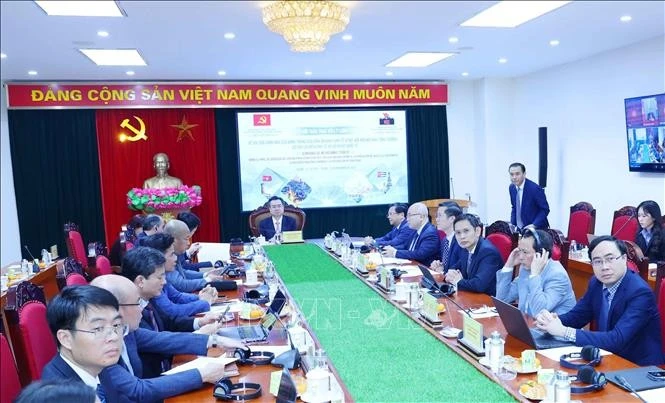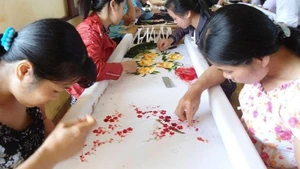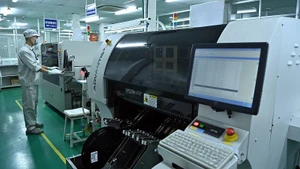Lai Chau is a mountainous border province in the northwest region and Vietnam’s tenth largest province. 70% of the province’s land is agricultural land, with a tropical monsoon climate suitable for cultivating high-value crops such as rubber, tea, and macadamia, as well as temperate crops, and numerous rare medicinal plants including Lai Chau ginseng, angelica, and pseudoginseng.
The province features a dense river and stream system with significant gradients and possesses numerous rare mineral resources, particularly rare earth deposits. These conditions present opportunities for developing energy as well as mineral extraction and processing industries.
Lai Chau is home to the Ma Lu Thang Border Economic Zone, which is advantageous for border trade development. Currently, the province’s transport infrastructure is receiving significant investment. The highway connecting the Noi Bai-Lao Cai Expressway with Lai Chau’s eponymous capital city is expected to be completed by 2025, and construction of a road tunnel linking Lao Cai’s resort town of Sapa with Lai Chau’s Tam Duong District is expected to commence soon.
Lai Chau is also home to six of Vietnam’s ten highest mountains, with its topographical features creating a majestic landscape. As home to 20 ethnic groups, the rich diversity of indigenous cultures represents a substantial potential for the development of wellness and leisure tourism, ecological tourism, community tourism, and adventure sports.
According to Vu Manh Ha, Standing Deputy Secretary of Lai Chau Province, to gradually tap into the province’s potential and advantages, the Lai Chau Party Committee has issued numerous resolutions and allocated resources to develop important sectors, including commercial agricultural development, sustainable forestry, and preserving and promoting the traditional culture of ethnic groups in linkage with tourism development.
At the same time, the province has introduced various preferential mechanisms and policies to encourage investment, publishing a list of projects in agriculture, forestry, tourism, and commercial services that are in need of investment.
Consequently, in recent years, Lai Chau has made significant breakthroughs and achieved important results.
The province’s average economic growth has consistently exceeded 9% annually over the past two decades. Notably, in 2024, Lai Chau achieved a remarkable 10.52% growth rate, ranking fifth nationally.
The province’s GDP per capita has increased 22-fold since 2004, and the poverty rate has dropped by an annual average of 5% while the provincial budget revenue expanded nearly 78-fold, with 2024 marking the first time that its budget revenue has surpassed 2.5 trillion VND.
In 2015, Lai Chau was removed from the list of extremely poor provinces. Currently, the province is on track to become a medium-developed region by 2030.
Lai Chau has formed concentrated agricultural production zones, including over 4,000 hectares of rice, 10,500 hectares of tea, 11,000 hectares of medicinal plants, and 21,000 honey bee colonies. The province boasts 215 OCOP products rated 3-4 stars.
In addition, the province has made notable efforts in forest protection and development, with forest coverage reaching 52.86% by the end of 2024 and forest environmental service revenue exceeding 535 billion VND.
The province has prioritised developing advantageous industries including electricity production, agricultural and fisheries processing, and mineral extraction for construction materials.
Lai Chau has completed 62 hydroelectric plants, featuring a total installed capacity over 3,000 MW, contributing over 60% to the provincial budget.
Lai Chau welcomed nearly 1.4 million visitors in 2024, with total revenue of over 1 trillion VND, up 30% from 2023. Sin Suoi Ho Village in Phong Tho District was recognised as an ASEAN community tourism site.
The province’s business environment is increasingly improved, ranking 35th out of 63 provinces and centrally-governed cities in the 2023 Provincial Competitiveness Index. Lai Chau has attracted 299 projects, with total investment of 143 trillion VND.
Lai Chau has recorded notable results in socio-cultural development. The quality of education and healthcare is enhanced, while ethnic cultural heritage is preserved. The people’s standards of living have improved, with the poverty rate falling to 19.59%. National defence, security, and border sovereignty have also been maintained.
Vu Manh Ha, Standing Deputy Secretary of Lai Chau, emphasised that these achievements provide a solid foundation and important momentum for the province’s continued development in the new phase, including double-digit growth and the goal of Lai Chau becoming a medium-developed province by 2030.
